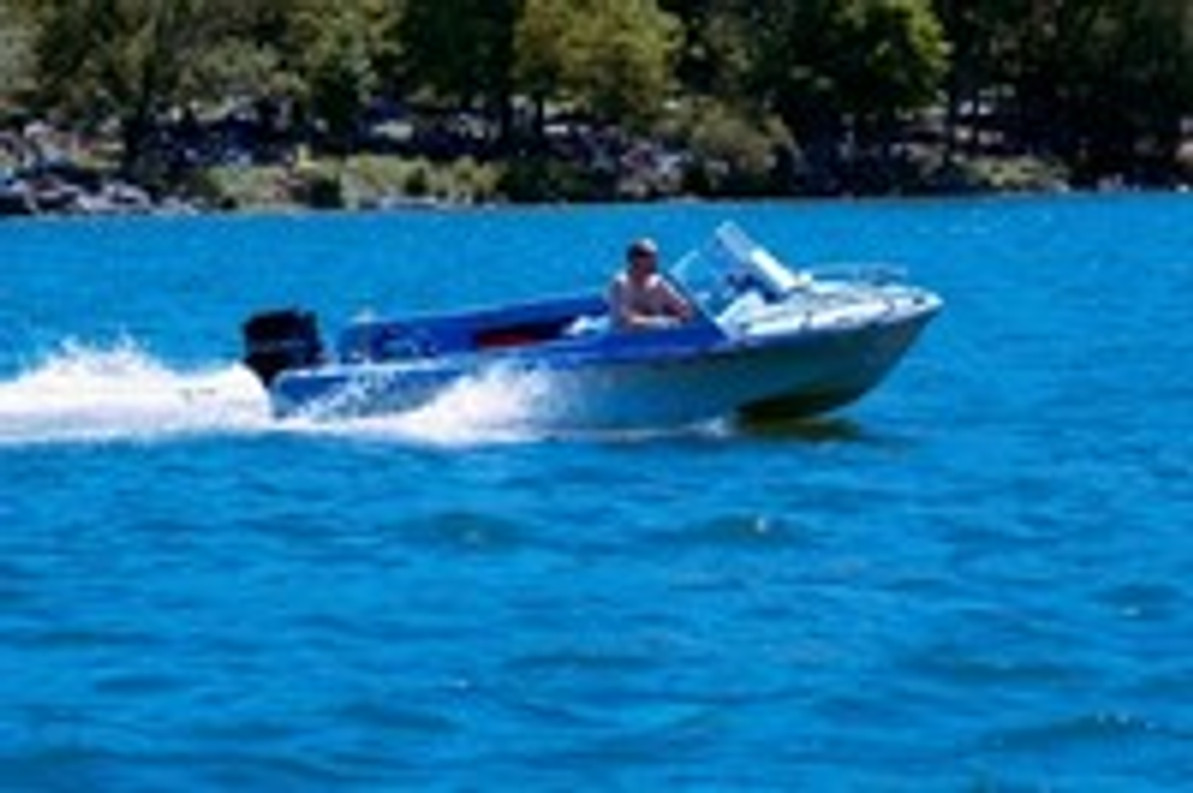The Basics of Boating Safety
Summer is officially here, which means millions of people from across the country will head out to nearby lakes and rivers to enjoy the warm sun. Boating is a fun activity that the whole family can enjoy. But before you take your vessel out on the waters, you should familiarize yourself with the basics of boating safety.
Personal Flotation Devices (PFD)
Laws regarding the use of personal flotation devices (PFD), also known as life jackets, vary from state to state. Whether they are required by your respective state or not, though, it's always a good idea to have at least one available for each passenger on board. In the event that your vessel goes down, it could mean the difference between life and death.
According to data provided by the U.S. Coast Guard, the odds of drowning are 1 in 11 without a life jacket and 1 in 66 with a life jacket.
Have Your Vessel Inspected By The Coast Guard
Did you know that the U.S. Coast Guard offers free vessel inspections? Contact a local Coast Guard office in your area to schedule an appointment for an inspection. They will go over the vessel's mechanics and all safety gear on board to ensure it complies with both federal and state regulations. And if you don't have access to a Coast Guard center in your area, you can perform a digital vessel inspection on their website.
Know Your Boat
Here's another eye-opening statistic presented by the U.S. Coast Guard: approximately 70% of all boating accidents are attributed to operator error. From punching the gas in no wake zones to setting the incorrect trim, errors such as this are all too common.
To reduce the risk of "operator error," familiarize yourself with your boat and its mechanics. Don't attempt to push your boat just for the sake of going fast, as this places you, your passengers, and other people on the water at risk for injury.
Find The Ignition Safety Switch
Most boats have a kill switch called the ignition safety switch. As its name suggests, this switch is designed to instantly kill the engine in the event that a passengers fall overboard. Identify your boat's kill switch before taking it out on the waters.
If someone happens to fall overboard, hit it immediately to stop the boat in its tracks. Continuing to ride along with someone in the water could result in them being stranded run over.
Recent Posts
-
Fire Safety in the Workplace: What You Need to Know
What steps are you taking to prevent fires in your workplace? According to the U.S. Occupational Saf …Aug 23rd 2023 -
Is It Safe to Go Jogging With a Cold Infection?
If you're suffering from a cold infection, you might be wondering whether it's safe to go jogging. T …Aug 22nd 2023 -
5 Safety Tips to Follow When Using a Powder-Actuated Tool
Powder-actuated tools are commonly used to join materials to steel and concrete. Also known as Hilti …Aug 20th 2023




